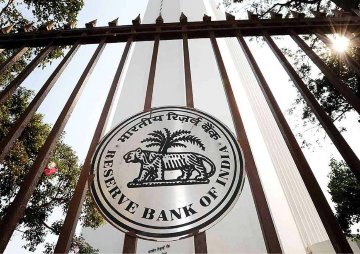
The following is a chapter from the book
70 Policies that Shaped India: 1947 to 2017, Independence to $2.5 Trillion.
Find the book here.
Enacted by Parliament under the Food Corporations Act <1> on 10 December 1964 and set up on 14 January 1965, the primary purpose of Food Corporation of India (FCI) included the purchase, storage, movement transport, distribution and sale of food grains and other foodstuff. <2> The objective was to safeguard the interests of farmers, maintain buffer stocks for food security and make grains accessible at reasonable prices to the weaker and vulnerable through the public distribution system. An important idea during the era of shortages, inflation and the related problems accompanying them, the role of the FCI is being questioned today, when India has a food surplus. According to NSSO data for 2012–13, only 13.5 percent paddy farmers sold their output to any procurement agency. <3> With food shortages well behind India, the FCI, with a total storage capacity of more than 80 million tonnes, <4> must be re-examined. A high-level committee on restructuring FCI recommended, amongst other things, that the institution hand over all procurement operations of wheat, paddy and rice to states, <5> revisit the minimum support price policy, <6> and gradually containerise <7> the movement of grains to reduce transit losses and to have faster turnaround time. It also recommended that farmers be given direct cash subsidy <8> to plug the diversion of urea. The new FCI should be a market-friendly agency for food management, <9> with a primary focus on creating competition in every segment of foodgrain supply chain, from procurement to stocking to movement and finally distribution in TPDS, so that overall costs of the system are substantially reduced, leakages plugged, and through it serving farmers and consumers. It also needs to focus its grain management techniques in areas where farmers have often not been able to receive the minimum support prices. Above all—politically, economically and administratively — the FCI must look into and get rid of the strange and repeated phenomenon that the Planning Commission in its Mid-Term Appraisal (1997–2002) called a dangerous situation of “huge surplus in FCI godowns coupled with widespread hunger” and warned that if the consumption of the poor did not increase, there would be “serious demand constraints on agriculture”, making the growth target of 4.5 percent per annum unachievable. <10>
<1> The Food Corporation Act, 1964, Ministry of Law and Justice, Government of India, 10 December 1964.
<2> Ibid., Chapter II, Section 13(1).
<3> Report of the High-Level Committee on Reorienting the Role and Restructuring of Food Corporation of India, Food Corporation of India, 19 January 2015, iv, accessed 3 January 2018.
<4> Storage and Contract: Overview, Food Corporation of India.
<5> Ibid., v.
<6> Ibid., vi.
<7> Ibid., viii.
<8> Ibid., ix.
<9> Ibid., iv.
<10> Mid Term Appraisal: Ninth Five Year Plan (1997–2002), Planning Commission, Government of India, 90, accessed 4 January 2018.
The views expressed above belong to the author(s). ORF research and analyses now available on Telegram! Click here to access our curated content — blogs, longforms and interviews.



 The following is a chapter from the book 70 Policies that Shaped India: 1947 to 2017, Independence to $2.5 Trillion.
Find the book
The following is a chapter from the book 70 Policies that Shaped India: 1947 to 2017, Independence to $2.5 Trillion.
Find the book  PREV
PREV



